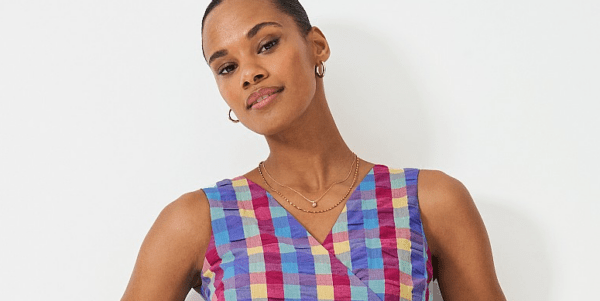
Something in the Way She Moves

How a woman moves is at least as important as her body shape in terms of whether others find her attractive, according to new research.
A combination of small waist, rounded hips and bottom, and a slim figure have long been reported to be important in women’s attractiveness, but it turns out the way a woman moves is as important.
Most previous research into what makes a body attractive has relied on photographs, but in real life we usually see a potential mate moving. Motion is also crucial in courtship behaviours like dancing. For example, research shows that men are more likely to find a woman attractive if she wiggles her hips and takes small steps.
The study by University of Portsmouth evolutionary psychologist Dr Ed Morrison is the first to compare women’s body movement with conventional measures of body shape attractiveness including body mass index and a small waist compared to hips.
Dr Morrison said: “Because body shape preferences vary across cultures and through history, the study aimed to find out if you take away the face, what sort of clues would people use to gauge attractiveness. Motion capture allows us to isolate movement from body shape and compare the relative importance of the two.”
For the study, 37 women with a range of body types, and all wearing leggings and t-shirts, were filmed walking on a treadmill at a steady pace. Reflective markers were placed on their ankles, knees, hips, shoulders, elbows, wrists, in the middle of their forehead, on their clavicles and on their navel. The footage was then stripped of all features except the points of light and cut to ten-second clips which were graded by 14 women and 11 men from 1 (very unattractive) to 7 (very attractive).
A further 50 volunteers were asked to rate the same women in photographs or in film footage.
“The results suggested that movement is as important as static measurements in gauging attractiveness, which was surprising because everyday experience suggests you can see easily how attractive someone is from a photograph.
“I’m not sure why a particular walking style is considered attractive but gait might be giving away important clues to a woman’s fitness and age – key components of reproductive health.”
Because preferred body shapes vary across cultures, with a higher weight being seen as attractive in many cultures, Dr Morrison said it would be interesting to see if the role of movement varied across cultures.
It remains to be seen if attractiveness in gait can be faked by, for example, asking people to walk more attractively.
“It would be interesting to test if people can actively change their movement to attract or deter mates – using such knowledge is similar in evolutionary psychology terms to a woman wearing red lipstick or eyeliner, both of which directly mimic signals of fertility, youth or health.” He said.
Dr Morrison is now studying walking movement in men to see if there is a similar importance of static and moving gauges of attractiveness.














































